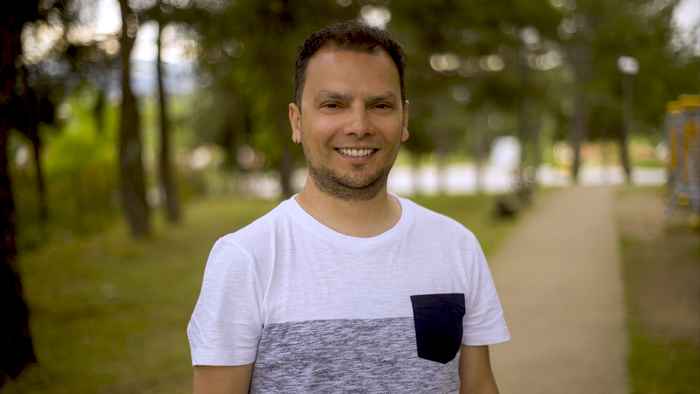ERC Starting Grant for Dimitris Tzionas
5 September 2024

Dimitris Tzionas of the Computer Vision (CV) group of the Informatics Institute, received the ERC grant for his proposal ‘SpatioTemporal Reconstruction of Interacting People for pErceiving Systems (STRIPES)’.
How can we teach computers to understand people and their actions, so that they can help people perform tasks? To develop smart systems that can do this, computers must be able to comprehend and process different interactions between people and objects. For example, they must be able to recognise when someone picks up or uses something, and how exactly they do it. This can be done with data obtained from sensors such as a regular camera. Using this data, computers must then recover 3D shape representations of people’s entire bodies and of the full object that the person is interacting with. However, it is very difficult to see and record interactions in a useful manner, because of occlusions between body and object, motion blur, depth differences and small details of both the hands and the objects. In his research project Tzionas will reconstruct 3D (or 4D, with time as an extra dimension) representations of what is shown in 2D images by using new techniques. This will be an important step towards the development of new intelligent systems that can better support people in their tasks, such as assistance robots and virtual 3D assistants.